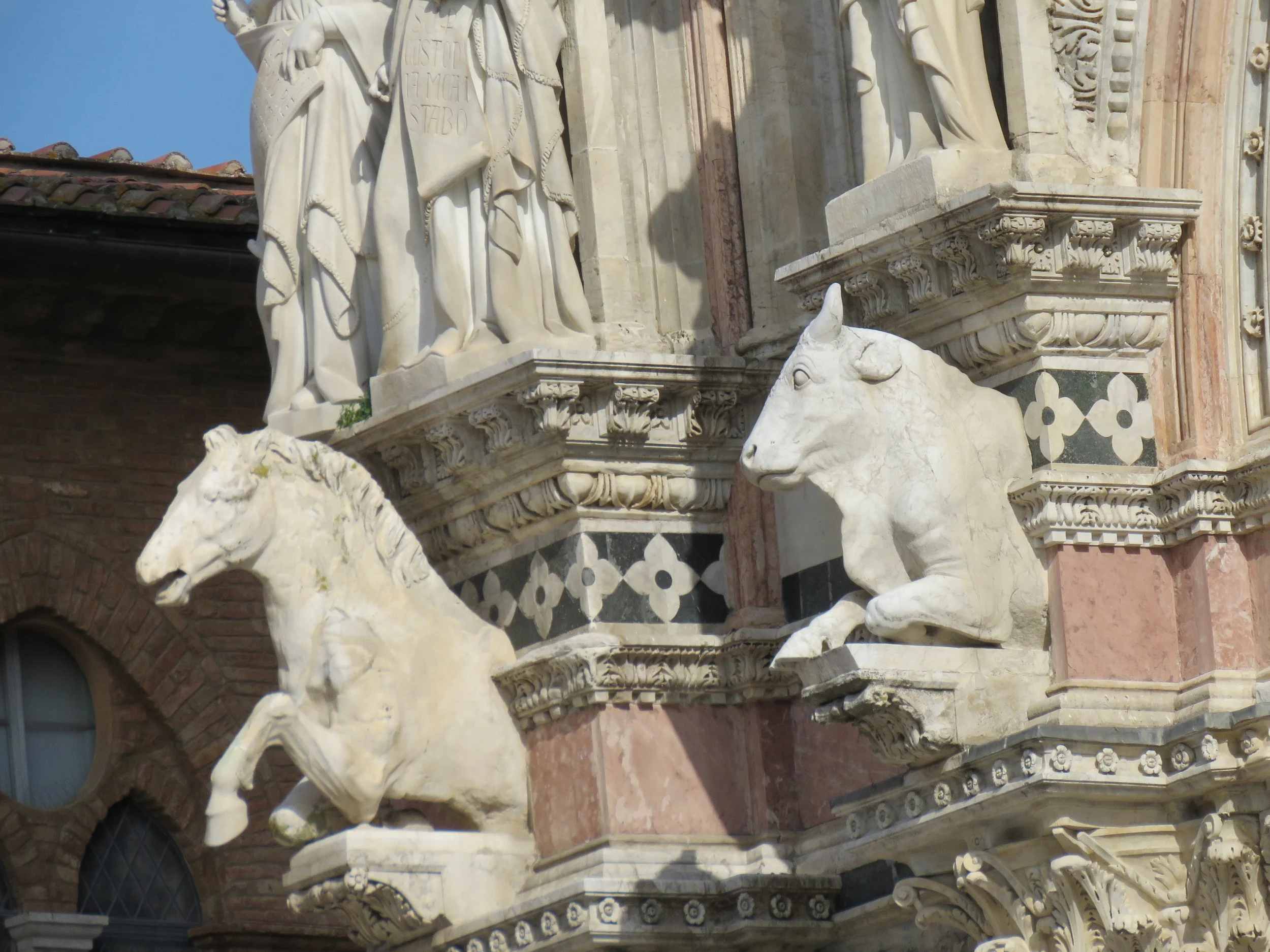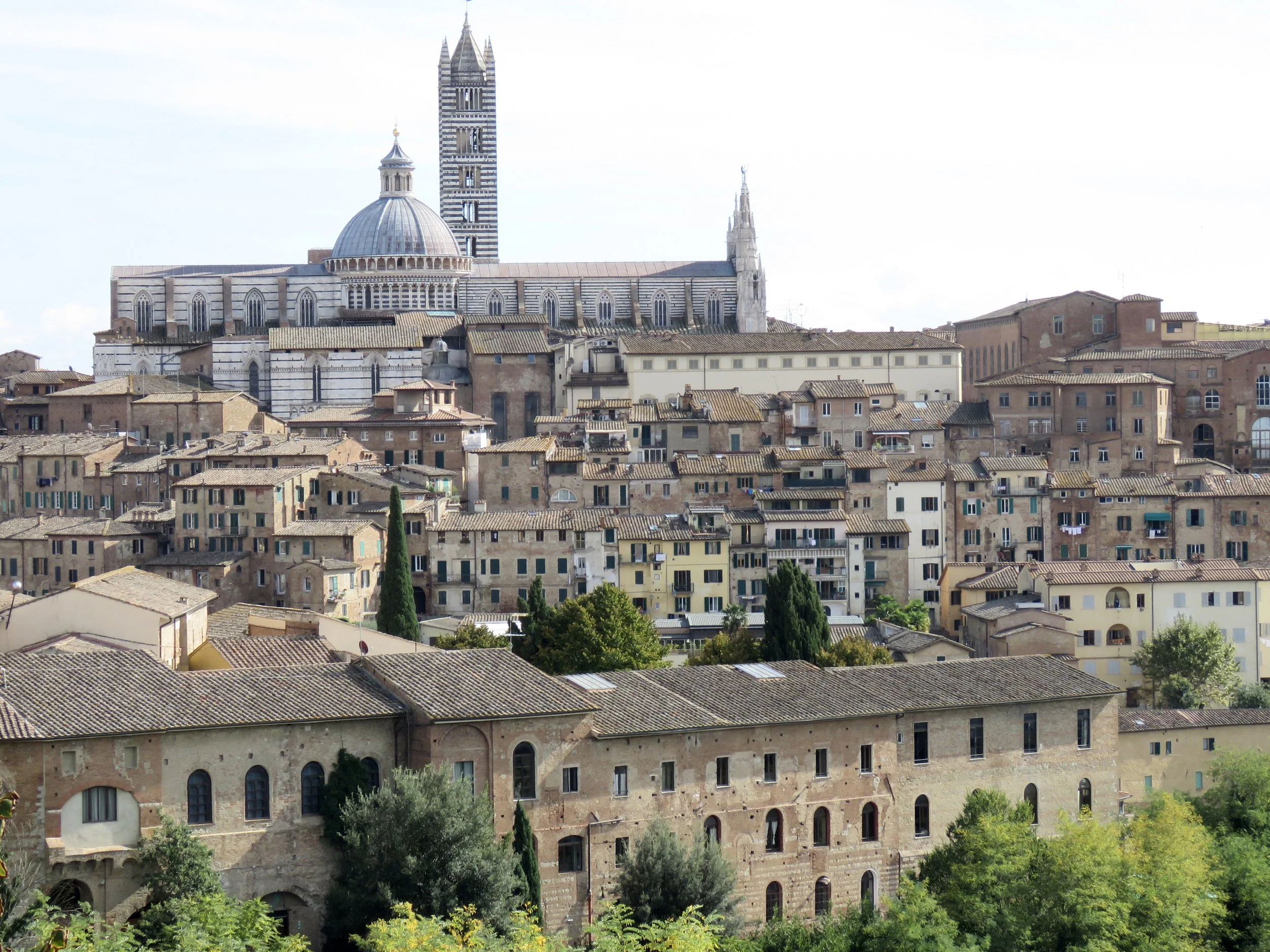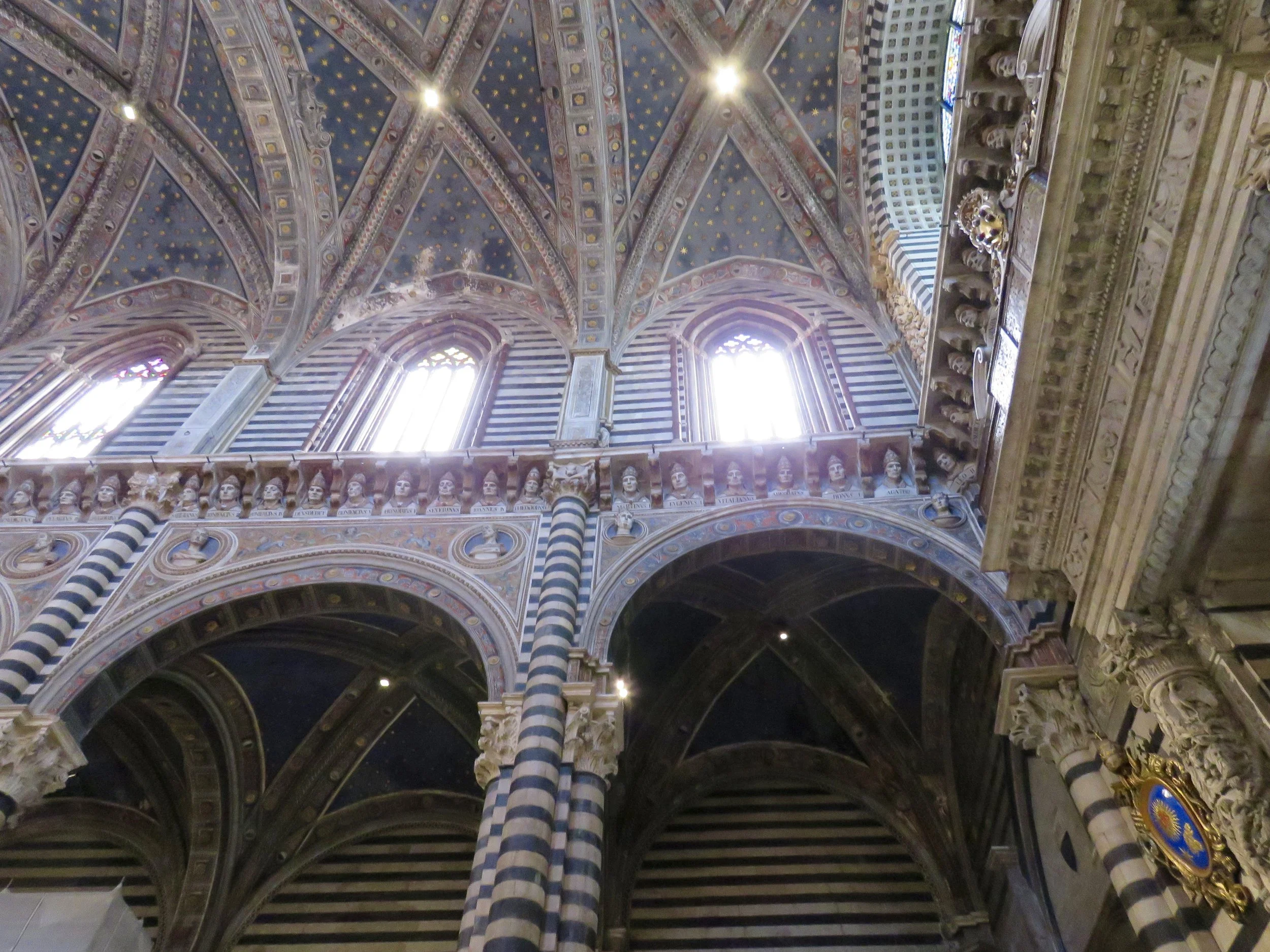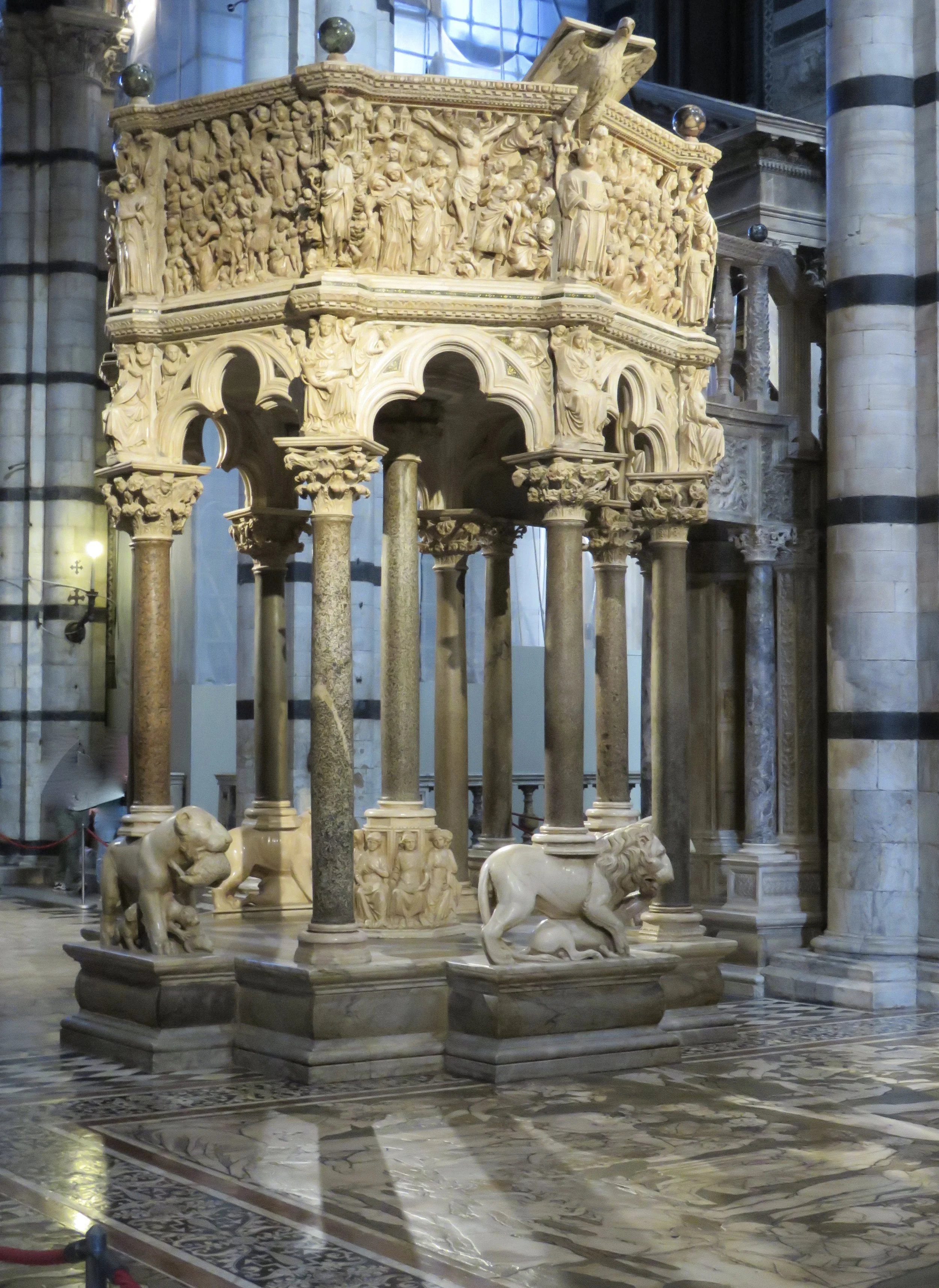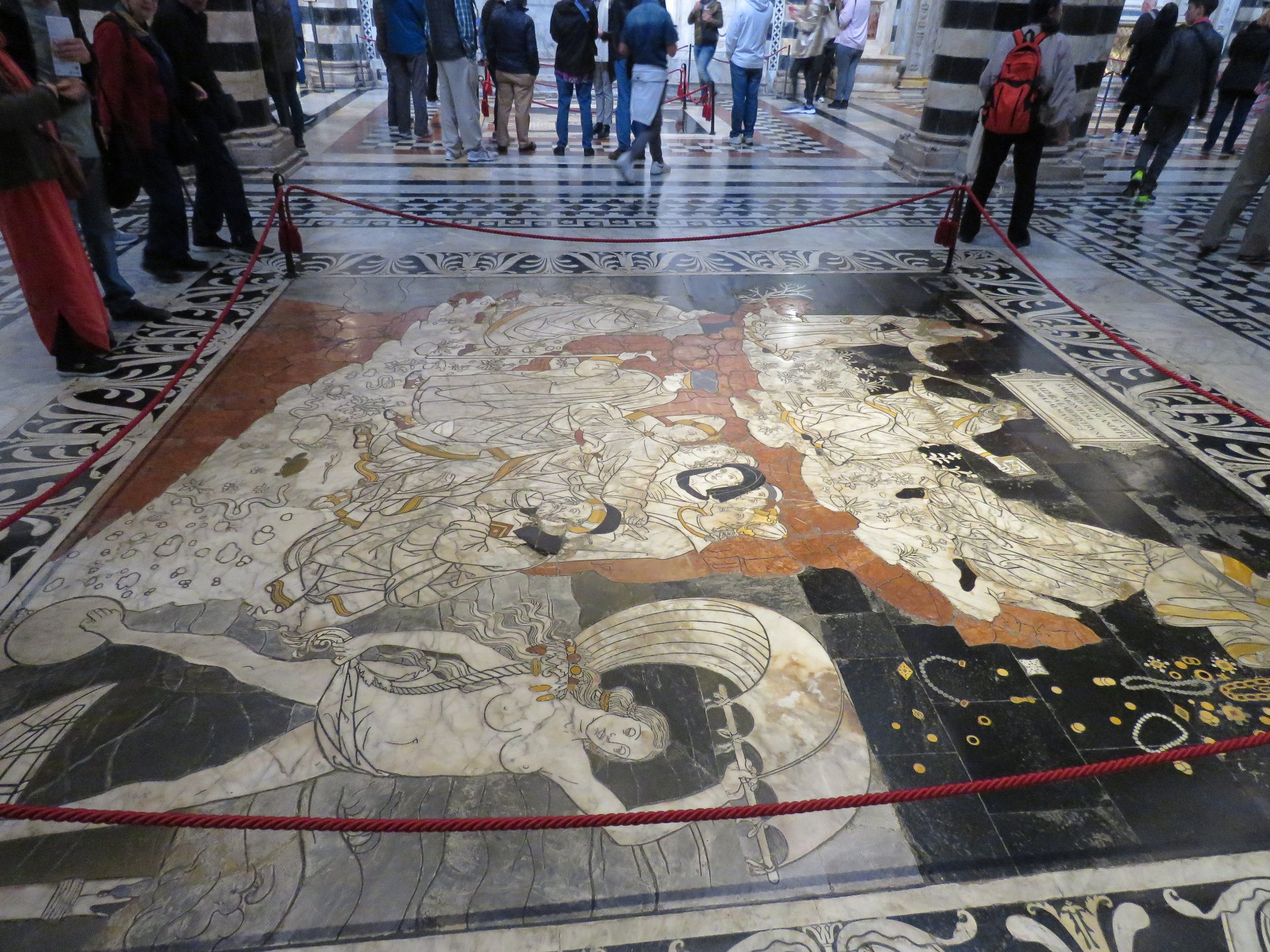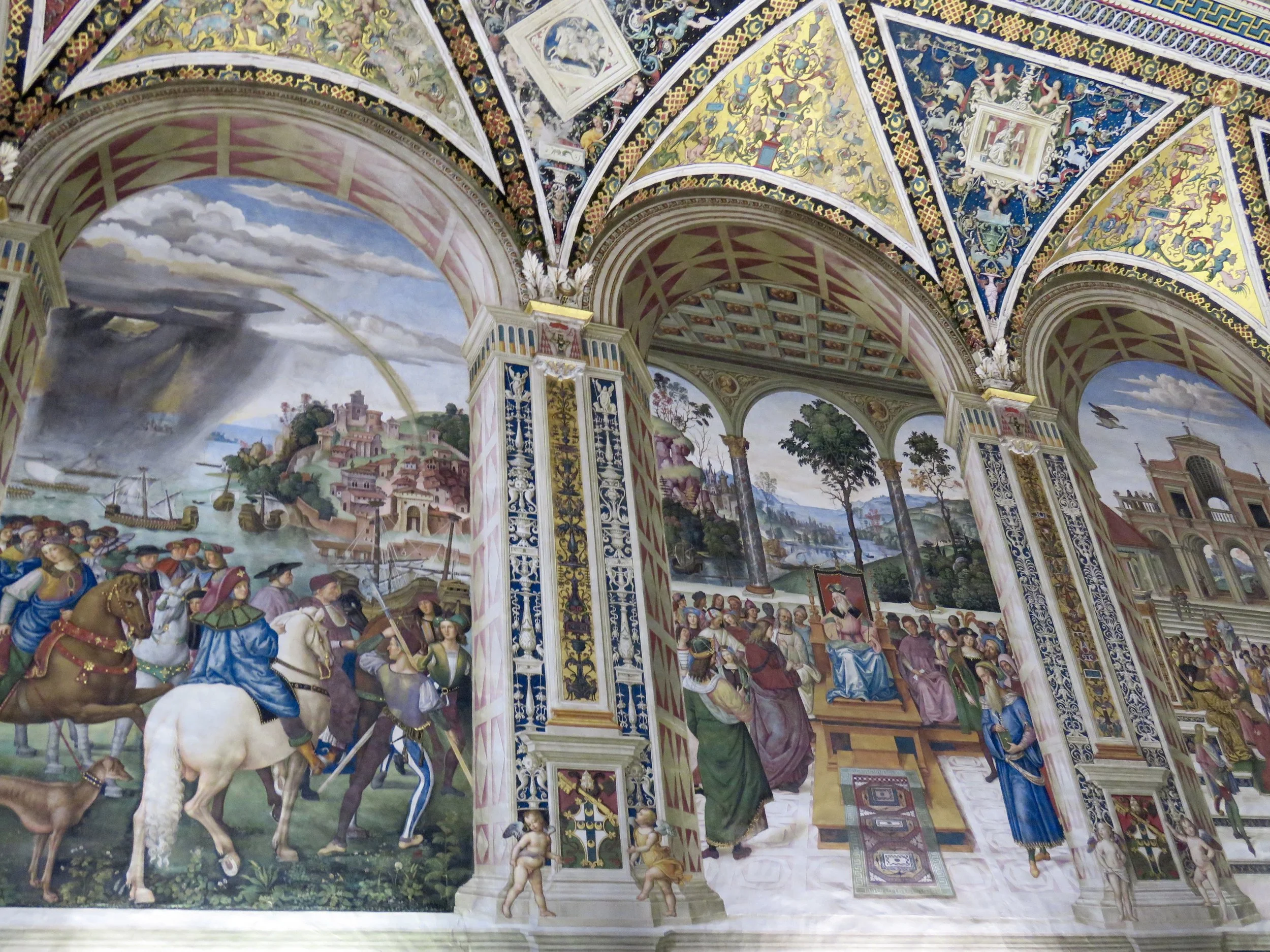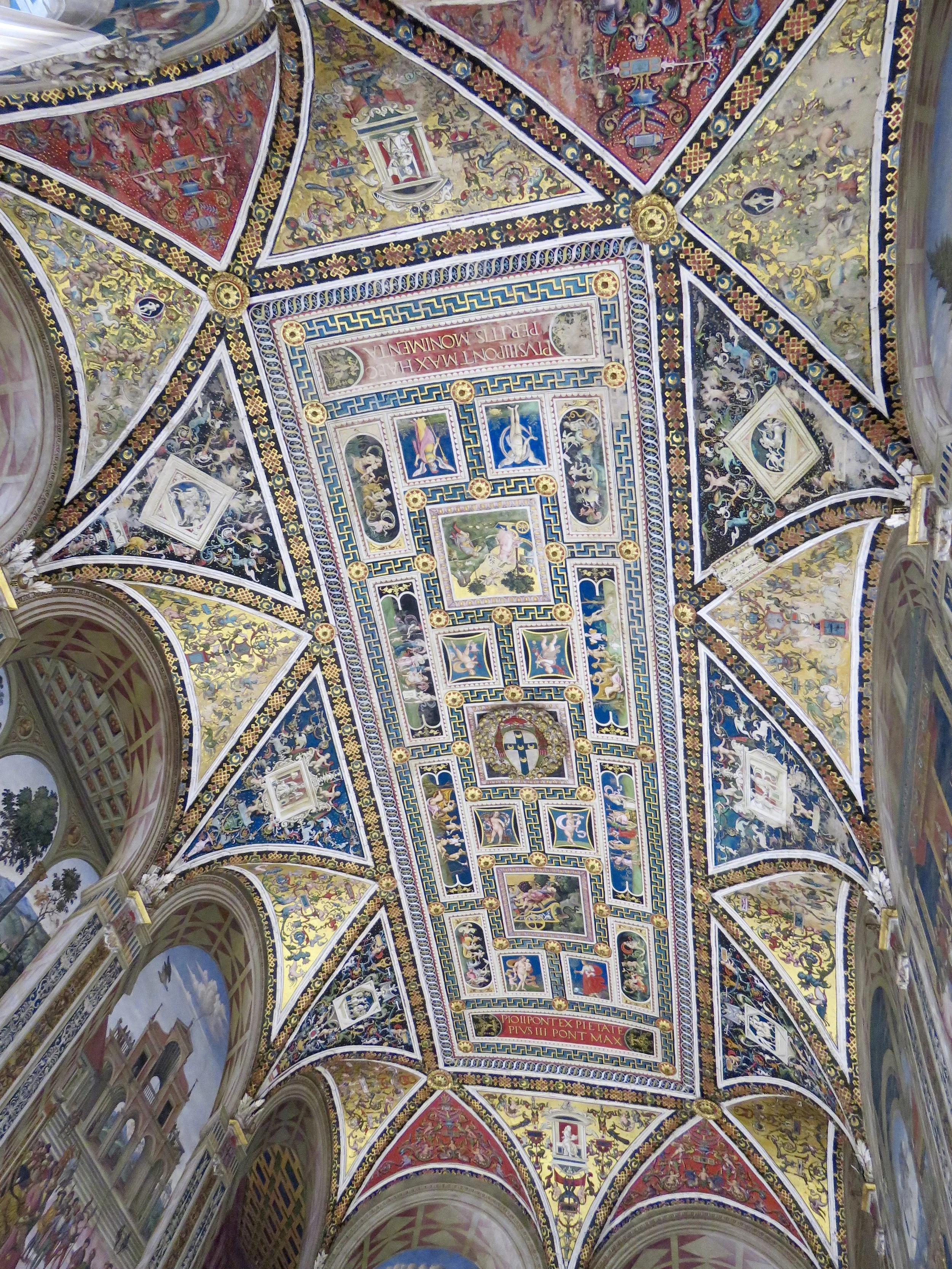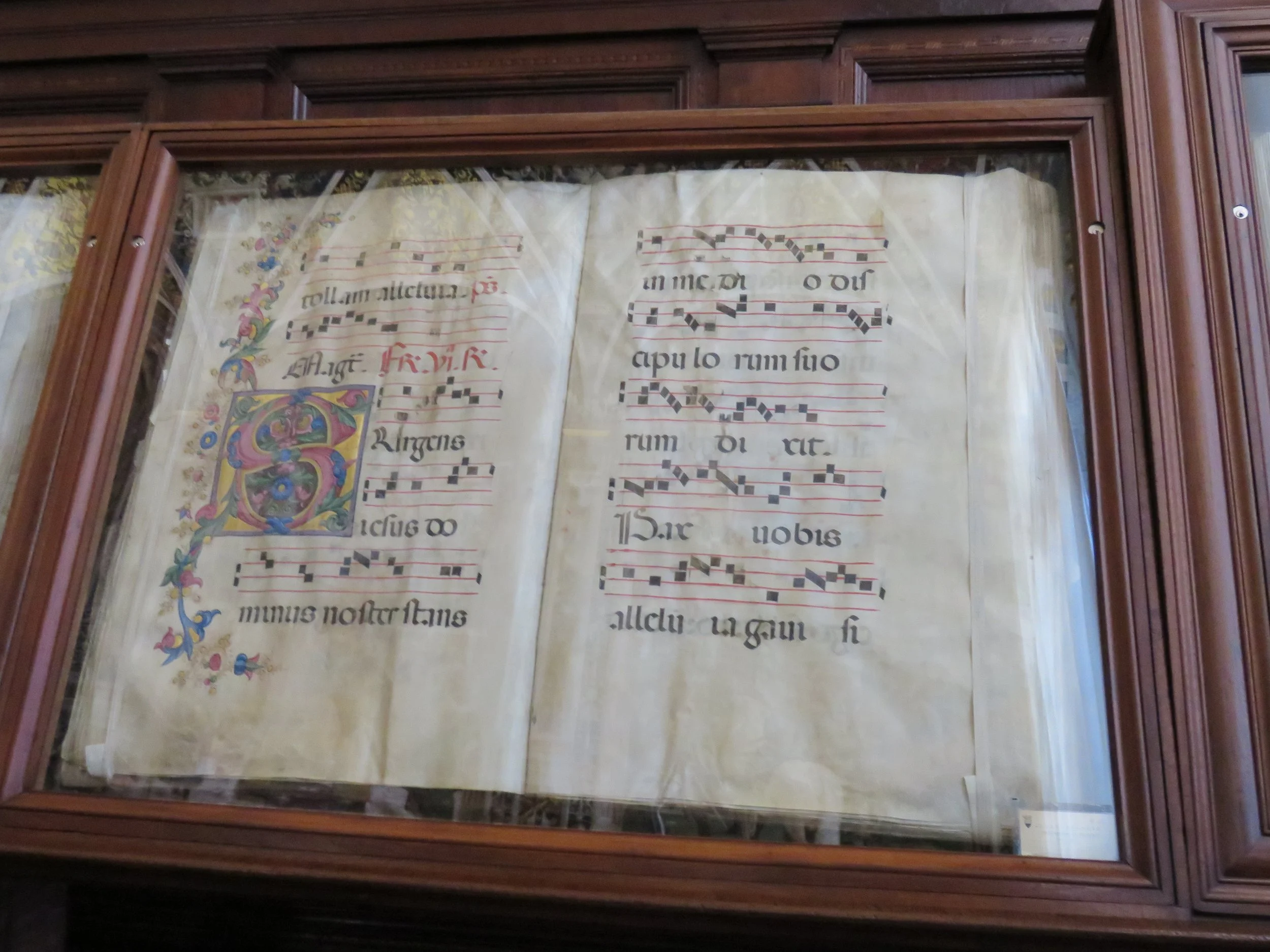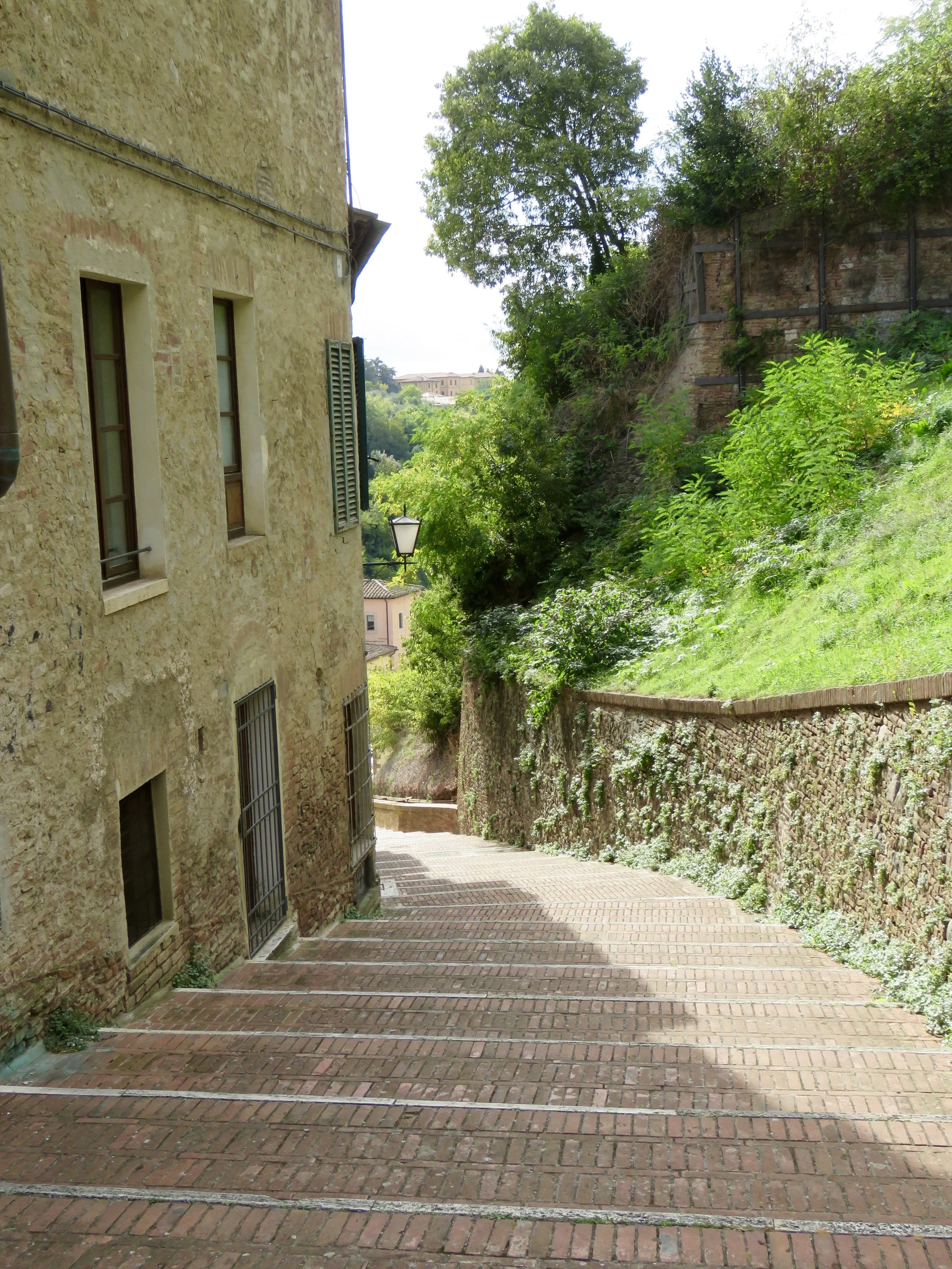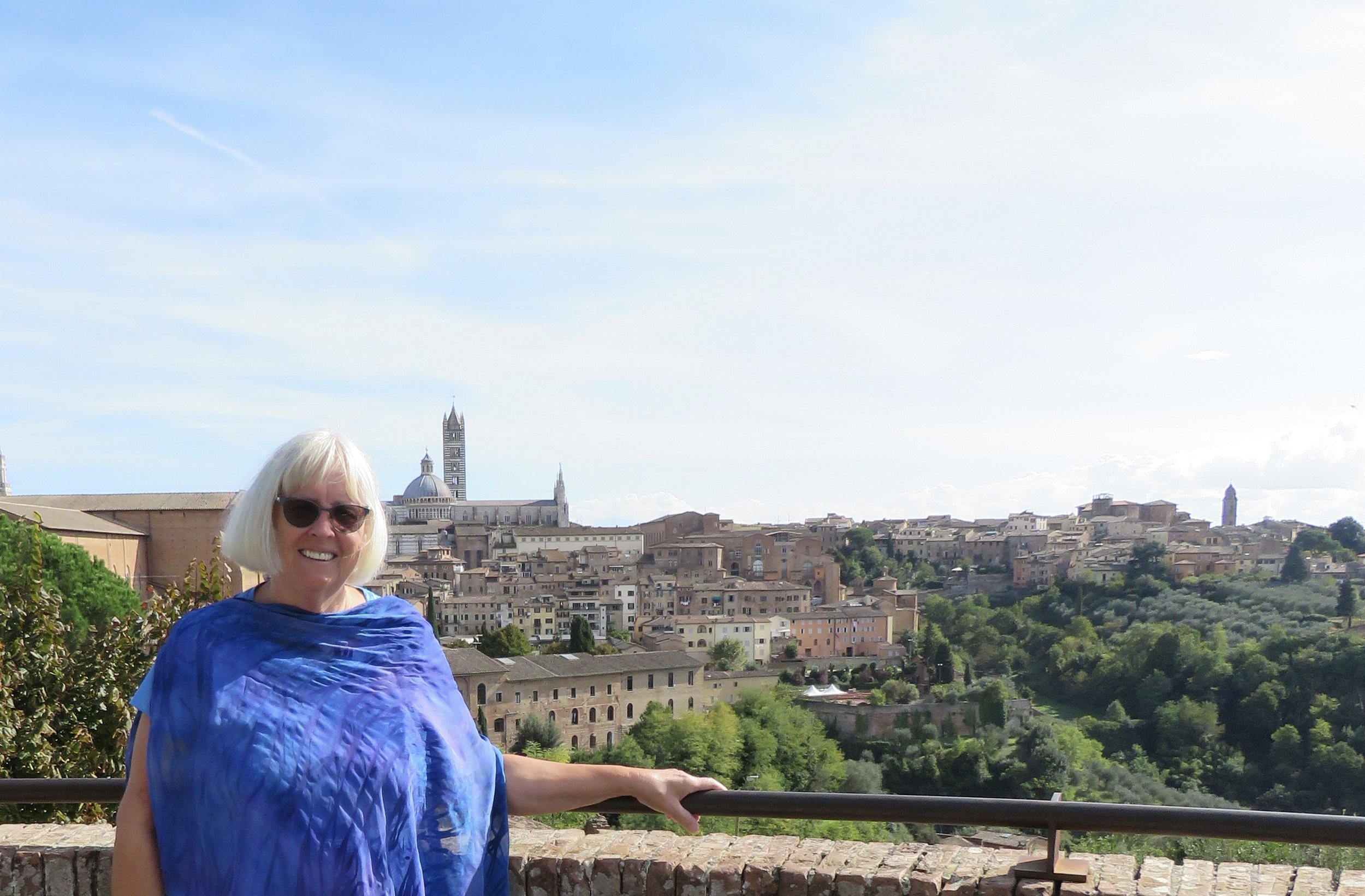After hiking nearly 100 KM on the Via Francigena, and when my toes turned to Fall colours, I stayed in Siena while Kees continued hiking. I had planned a nice little writing retreat in this history city.
The historic center of Siena, or centro storico as it is called in Italian, is very walkable. I love roaming the narrow streets with its thick stone walls of houses that are many hundreds of years old. Much of the ancient city wall remains in tact, with gateways into the city, like the glorious Porto Romano. Although in a few places the city fathers have, in their questionable wisdom, decided to destroy the wall to make room for modern day traffic.
Il Campo
Busses run frequently and pretty much on schedule to and from the old center. For 1.50 you can travel quite far. At the Piazza Independenza you can simply phone a taxi and it shows up in minutes to take you to your destination. We bought sim cards from a company called Wind, to use our phones in Italy. Reasonable rates, unlimited texting and we can even use it throughout Europe. It’s been a lifesaver to use the data with maps as we roam the city or countryside without wifi access. What did we do before cell phones and iPads? Get lost, I guess…
Of course, Siena is famous for its Il Campo piazza. Its unique oval shape slopes down to the Palazza Publico. Its Torre del Mangia can be seen from across the countryside. I enjoyed walking around and across Il Campo, despite the many tourist contortionists trying to take selfies. Why would you want yourself obstructing the glorious medieval buildings in your photos?
The most fascinating story about Il Campo is that this is the site of a bizarre, annual horse race. It’s a historic event (of course) in which all neighbourhoods of the city wholeheartedly participate. Each section of the city wears traditional colours, waving flags and all are fiercely competitive. All year, events lead up to this 90 second race. Watch the Rick Steeves’ video below for a good synopsis. When you walk around the empty square, it’s hard to imagine 50,000 people cramped into the center while horses race around the outside. Having been here. I loved reading The Scribe of Siena (see book list) because it totally brought the piazza’s history to life.
When I got hungry, I simply picked one of the many wrought iron tables and chairs outside shops. I had pasta quattro formaggi, 4 cheese pasta, for 4.50 euros.
My favourite discovery in Siena was the Fortezza Medicea, an ancient fortress now a jazz school and event center. Perched on top of the ancient wall was an entire elementary school. No road, just a school with a fenced play yard. The walls of the fortress were a great (free) place to stroll and offered a tremendous view of the old city, the towers and, of course, Il Duomo.
The Piazza Duomo is perhaps the most recognized landmark of the city. Every bit as glorious as the cathedral in Florence, this one is perhaps even more decorative. In fact, when I went inside I thought “this is not a church, it’s a piece of jewelry.” Seldom have I seen such an ornate building. Every wall, every corner, every pillar, every piece inside it, is a work of art. Donatello, Leonardo, Bernini – they all worked here and their masterpieces still show off their talent.
Sculptures, wood carvings, marble statues, paintings, wall hangings…. It is overwhelming. For a mere 8 euros you can wander on your own and gaze at all the medieval fanciness around you, as long as you like.
When you are outside, you notice a gigantic rough brick wall. Just a wall by itself. It’s impressive to realize that the cathedral was supposed to be that much bigger. But then the plague hit the city and the expansion never happened. It’s the evidence is still there for all to see…
Inside the cathedral, the floors are perhaps the most mind blowing feature. I took photos but the best ones are on the Opera Duomo website where you have a view from the top. The floors should really be hanging on the walls – they are intricate, inlaid marble mosaics depicting biblical scenes.
Suddenly, to the left, there is a small room. It is the Piccolomini Library (I love that name because ‘picollo’ means ‘little’ in Italian so ‘piccolomini’ must be really small! Alas, it was just a family name). Its walls intricately painted, this has been called the world’s most beautiful library. It was built, some 500 years ago, for a pope and to house his collection of manuscripts. Most of the works on display are music scores, painted in gild and curls.
Outside, blinking in the bright sunlight, you can have an espresso and wander down to the Piazza Mercado, once a lovely, covered market place but now simply a parking lot. But one wall has a brilliant cascade of purple bougainvillea, worth the walk there.
Before I sauntered back down the 2 KM to my AirBnB cottage, I bought fur lined socks. It’s nippy in Siena in October! But my writer’s retreat cottage is on the city’s edge, at the bottom of a hill and has tiled floor, good heat and a kitchen. What a luxury to write in Siena.
BOOKS - scroll to Italy
Siena: http://www.terresiena.it/en/info/tourist-information-offices
Wind SIM card: https://www.wind.it/privati/
Horse Race: https://www.youtube.com/watch?v=_clMjoa9d1s
Il Duomo: https://www.discovertuscany.com/siena/what-to-do/porta-del-cielo-tour.html
Il Duomo: https://operaduomo.siena.it/en/





